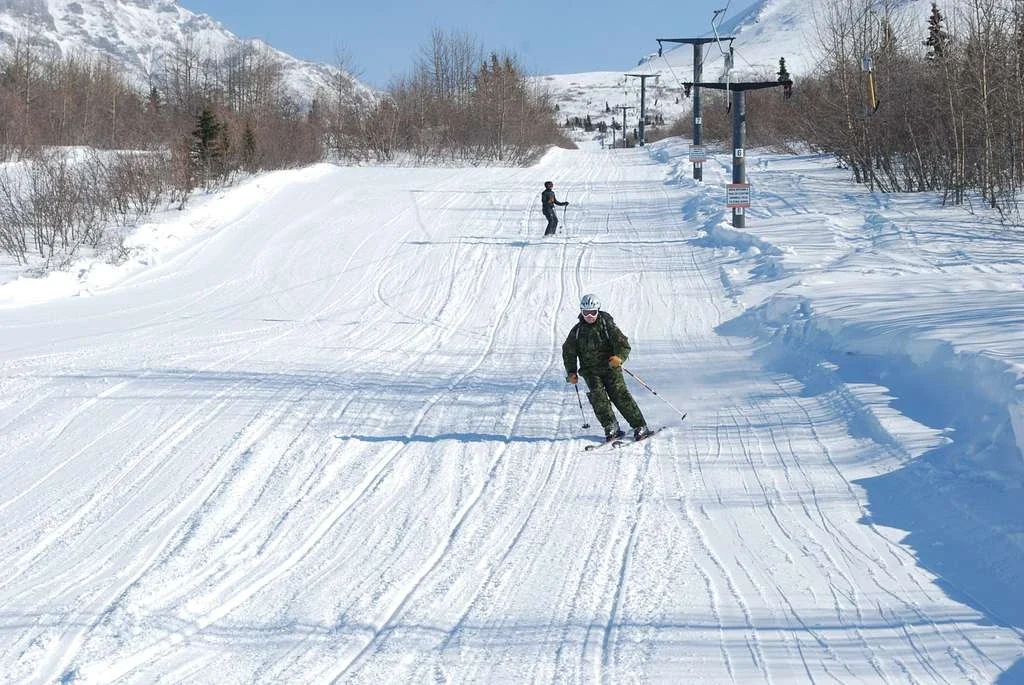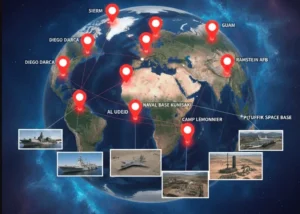This article explores how UAF’s leadership programs uniquely prepare students to manage and thrive in some of the most demanding environments on Earth.
Table of Contents
The Arctic Leadership Context
Alaska’s natural environment is one of the most unforgiving on the planet, with temperatures in Fairbanks often averaging between -15°F to -25°F in winter, and at times dropping as low as -50°F.
The harsh conditions are not merely theoretical challenges, they directly impact daily life and leadership decisions. Students at UAF are continually confronted with extreme weather, dangerous ice conditions, and unexpected storms, making their leadership training unlike any other.

Leadership in these conditions requires more than just intellectual prowess, it demands the ability to act decisively, manage resources effectively, and ensure the safety of teams under life-threatening circumstances. For instance, frostbite can form in just 15 minutes in temperatures below -40°F, making quick, effective decision-making crucial.
UAF’s leadership programs emphasize practical survival skills, preparing students to make high-stakes decisions under extreme pressure. The environment is a true testing ground for leadership abilities, forcing students to go beyond traditional classroom lessons and develop the skills necessary to thrive in the most unpredictable situations.
Mental Toughness in Arctic Leadership
Mental resilience is one of the cornerstones of UAF’s leadership training. Students are taught that physical preparation alone is insufficient without the psychological fortitude to manage the challenges posed by extreme conditions. Mental toughness plays a vital role in surviving harsh Arctic winters, and UAF recognizes that leadership in extreme environments demands not only physical endurance but also psychological endurance.
As one participant of UAF’s leadership programs shared, “Mental toughness played an integral role in passing two nights and three days living outside in the extreme cold.” This mentality, that failure is not an option, motivates students to push through the discomfort and uncertainty of the environment. Developing the mindset that setbacks are temporary and can be overcome with focus and perseverance is crucial in preparing students to lead when the stakes are high and conditions are volatile.
UAF’s Specialized Leadership Programs
UAF has created tailored programs that blend theory and hands-on experience to cultivate leadership skills suited for extreme environments. One of these is the COLD (Co-Curricular Opportunities for Leadership Development) Certificate, which offers students a comprehensive curriculum divided into three levels: “Leading Yourself,” “Leading Groups,” and “Leading Change.” These levels progressively build leadership capabilities, ensuring that students develop a well-rounded set of skills necessary for leadership roles in high-stress situations.

In addition, UAF’s Leadership Minor, which includes a specialized track in Outdoor Leadership, is designed to teach wilderness survival skills in direct alignment with the Arctic environment. Students take courses in ice climbing, winter camping, and emergency preparedness, where theoretical leadership knowledge is tested in real-world survival scenarios. These hands-on experiences provide students with a unique opportunity to apply leadership principles in environments that demand both mental and physical endurance.
Experiential Learning Opportunities
Beyond formal classroom education, UAF offers a variety of experiential learning opportunities that help students develop leadership skills in extreme conditions. The Arctic Leadership Initiative, for example, is an immersive program that prepares students for leadership challenges specific to the region. These experiential learning activities include:
- Building shelters in sub-zero temperatures
- Conducting weather observation projects
- Participating in wilderness navigation courses
Core Leadership Principles for Extreme Conditions

At UAF, leadership education is built on several core principles that are essential for managing in extreme environments:
1. Self-Awareness:
UAF Vice Chancellor Keith Champagne emphasizes the importance of self-awareness in leadership. Knowing one’s strengths and limitations is crucial when faced with harsh, unpredictable environments. Leaders who are aware of their physical and emotional limits are better equipped to handle stress and can make more informed decisions under pressure. As Champagne explains, “A leader must thrive by understanding who I am and what I value by cultivating the habit of ongoing self-reflection.”
2. Adaptability:
Adaptability is another key principle in UAF’s leadership training. Leaders must be able to respond effectively to rapidly changing conditions, such as unexpected storms or sudden changes in temperature. In the Arctic, the ability to quickly reassess situations and adapt to new information is critical for success.
3. Innovation and Ingenuity:
Innovation is essential in Arctic leadership, where traditional solutions often do not work due to the unique challenges of the environment. UAF students are trained to think creatively and find innovative solutions to problems that arise in remote and extreme conditions. Whether developing new ways to icy terrain or coming up with unconventional methods for resource management, ingenuity is a valued leadership trait at UAF.
Modern vs. Traditional Leadership Approaches in Extreme Conditions
UAF’s leadership programs reflect the shift from traditional to modern leadership approaches. While traditional military leadership relies on hierarchical command structures and top-down decision-making, UAF incorporates more modern, flexible leadership paradigms. In extreme environments like the Arctic, this decentralized approach is essential, as frontline team members often have valuable local knowledge that can inform more effective decision-making.
This shift toward more collaborative leadership enables UAF students to manage diverse teams and make decisions informed by input from various levels of leadership. The ability to collaborate and adapt is critical when dealing with the unpredictable nature of Arctic conditions.
Leadership Lessons from Historical Polar Expeditions
UAF draws inspiration from historical polar expeditions, particularly the Endurance expedition led by Sir Ernest Shackleton from 1914 to 1917. Shackleton’s leadership style was characterized by resilience, adaptability, and empathy, qualities that are integral to leadership in extreme environments. Shackleton’s ability to maintain team morale during extreme isolation and dire circumstances serves as a timeless model for UAF students.
Shackleton’s leadership also demonstrated the importance of adaptive decision-making, as seen when he shifted the focus of his expedition from reaching the South Pole to ensuring the safety of his crew when they became trapped in pack ice. This flexibility in decision-making is a lesson that UAF instills in its students, encouraging them to revise their plans when conditions change.
Physical Preparation and Survival Skills
While mental toughness and adaptability are crucial, UAF students also gain practical survival skills necessary for leadership in Arctic conditions. These include building thermalized shelters through ice and snow and using survival tools in extreme cold. As one instructor noted, “Under these conditions, we can’t always rely on our technology. We have to adapt and use old-school techniques to survive.”
Risk Assessment and Management
In extreme environments, effective risk assessment is essential. UAF students are trained to evaluate environmental risks and adjust their strategies accordingly. They learn how to balance mission objectives with the safety of their teams, and they gain skills in calculated risk-taking in unpredictable conditions.
Indigenous Knowledge Integration
UAF’s leadership programs also incorporate Indigenous knowledge systems that have been passed down through generations. This integration of traditional ecological knowledge helps students understand sustainable resource management, environmental stewardship, and community-focused decision-making.
Conclusion
The leadership education provided at UAF is uniquely shaped by the extreme Arctic conditions that students face. This approach combines mental resilience, practical survival skills, and adaptive decision-making to create leaders who are well-prepared to manage in unpredictable, high-pressure environments. As climate change continues to affect Arctic regions and increase the challenges posed by extreme environments, the leadership skills developed at UAF will become even more crucial, not just for Alaska but for the world at large












